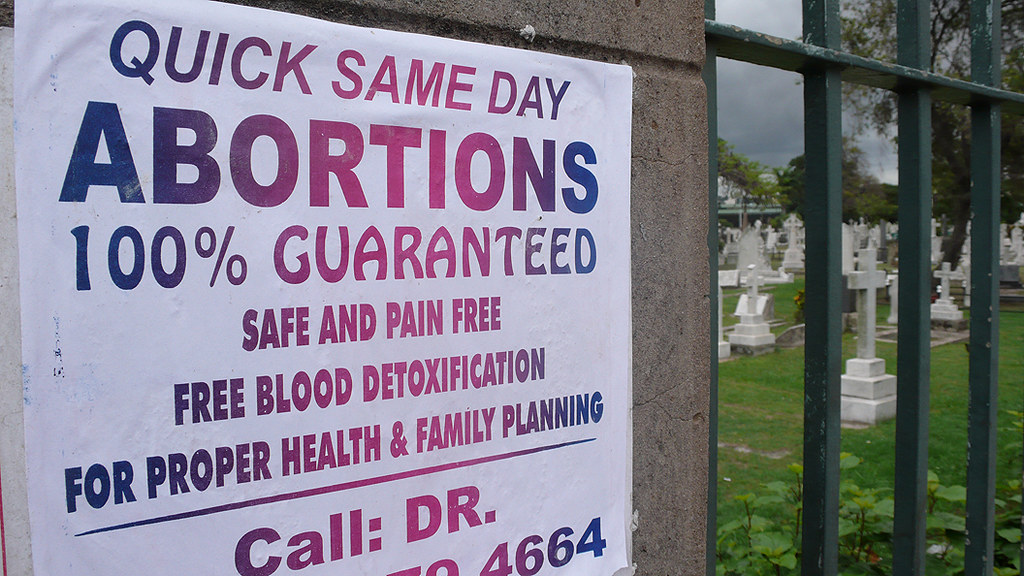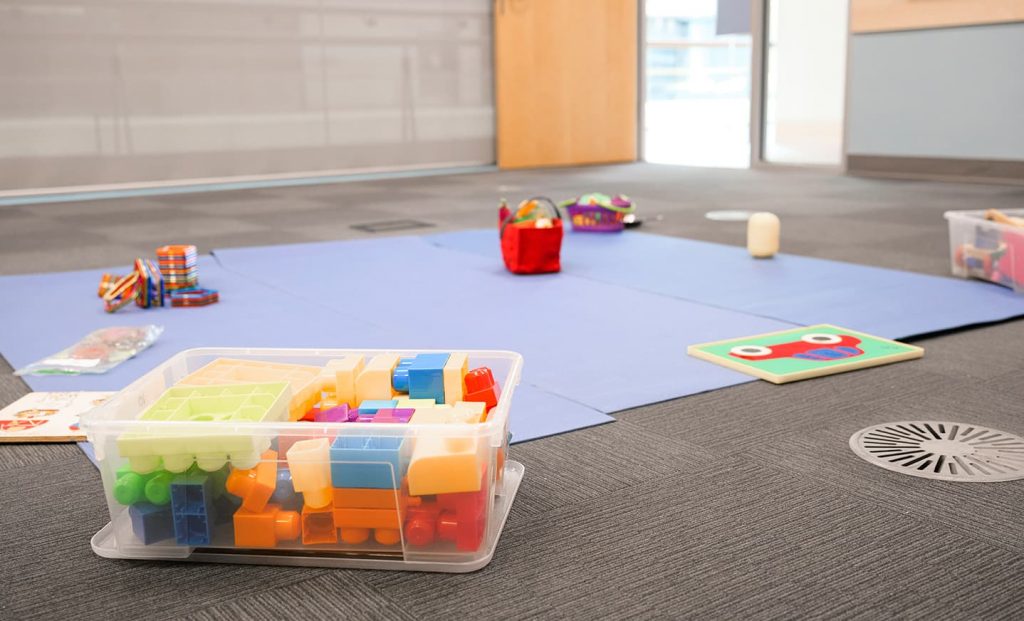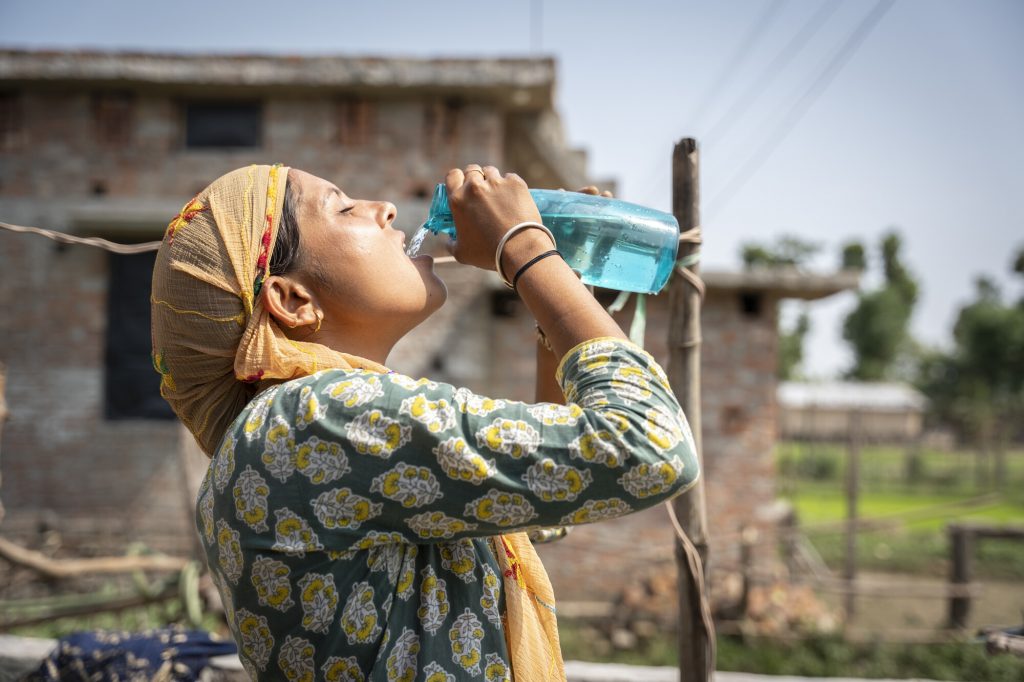Breaking Barriers to Safe, Legal Abortion Access in Soweto, South Africa
I was in South Africa with my Oxfam colleagues visiting the well-known township of Soweto in Johannesburg. As we headed back to our hotel, our car idling at a red light, my eyes were drawn to a cluster of stickers plastered on an electrical box. Each one bore a stark message: ‘ABORTION’ followed by a doctor’s name and phone number. But what seemed like a straightforward ad turned out to be a window into a hidden world.
Curious, I turned to my colleague, Nkateko Chauke, Programs Director of Oxfam South Africa, and asked what these signs were about. Her response was eye opening. “Ah those,” she said. “They are illegal abortion services and one cannot confirm whether they are real doctors.” Is abortion legal in South Africa? Chauke explained that while it is, it’s not always accessible for a number of reasons. “There is a perception in South Africa that girls under 18 have to receive permission from their parents or legal guardians for an abortion, which means a lot of young girls avoid formal abortion providers.” In fact, in South Africa no one can legally prevent a minor from getting an abortion during the first 3 months of pregnancy. In reality though, other barriers do exist, like distance to service providers. “If you have to take 3 buses to get to a provider, that may be out of your budget. Some private legal abortion providers, that are perhaps closer to access, also have high costs associated with the service. Not everyone can afford Marie Stopes clinics (nonprofit sexual health services provider) although they provide the safest reproductive and sexual health services,” noted Chauke – “this is why Oxfam South Africa has such an emphasis on gender justice work.”
The Hidden Dangers of Illegal Abortions
I was struck by how such a dangerous service was advertised so casually, when safe and legal options exist. “’Many girls have infections or worse as a result of unclean instruments or dangerous methods,” Chauke shared, her voice tinged with frustration. It felt like a stark reminder of the desperate choices women are forced to make when knowledge of and access to safe healthcare is out of reach.
Barriers to Legal Abortion Access
I then asked her about medical abortions – the medication that patients can take to induce an abortion. Chauke said it is available in South Africa, but depends on the patient knowing they are pregnant and accessing the pills before the 10-week cut off.
When I returned home, I did some further research. It turns out that although it is illegal to deny access to medication, some pharmacists refuse to provide the medical abortion drug Misoprostol for their own personal reasons while many others don’t stock it (Source: Health E News). In fact, reluctance by medical personnel or ancillary medical personal to facilitate abortion, coupled with widespread lack of knowledge on the right to abortion, means that nearly half of all abortions in South Africa each year are estimated to be illegal abortions (Source: South African Ministry of Health), such as the ones advertised in Soweto.
The Critical Role of Education and Advocacy
This experience really solidified for me the importance of the education component in Oxfam’s Sexual Reproductive Health and Rights (SRHR) programming. Oxfam focuses on community education, targeting youth and child bearing age women in particular, and also training for health workers. In addition, health worker training s include technical aspects of reproductive health care, but also abortion laws and aspects of how they manage patients, avoid personal bias and treat youth in particular. Our programs also integrate a component of advocacy work to ensure that local women’s rights organizations are able to achieve legislative, policy and legal gains beyond the life of the project.
I have worked for years on Sexual and Reproductive Health and Rights and Maternal Health programming, but for me this conversation was a rare glimpse of what the front lines of our work can look like in the countries where Oxfam delivers programming. The chance to connect with my colleagues delivering programs on the ground is so valuable to me, as I can better champion the needs, the circumstance, the successes and achievements back in Canada. My resolve has deepened to drive forward Oxfam’s work in empowering communities and educating health workers. I invite you to join us in this mission. Your support can help ensure that every woman has the right to safe and informed healthcare, both in Canada and around the world. Learn more about Oxfam Canada’s SRHR programs and consider making a donation to make a real impact.


